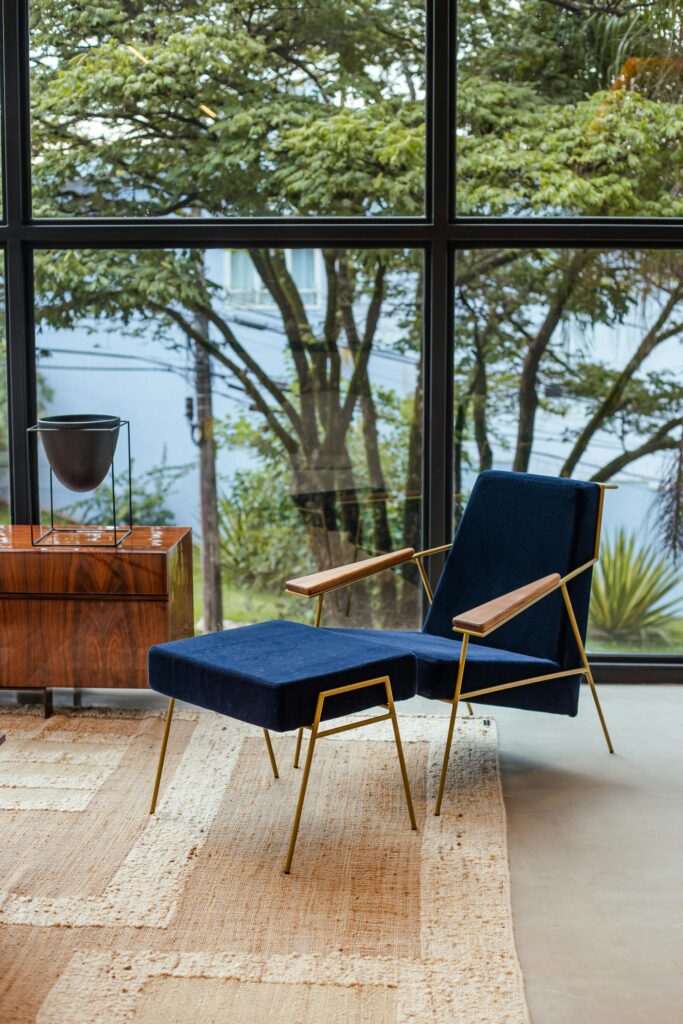Timber construction, often revered for its timeless appeal and sustainable qualities, has been a favored building method for centuries. From classic log cabins nestled in serene woodlands to sleek modern homes with timber accents, the versatility of timber offers a myriad of benefits for homeowners seeking both aesthetic and practical advantages. In this exploration, we delve into the numerous advantages that timber construction brings to your home, from environmental sustainability to design flexibility and beyond.

Environmental Sustainability
One of the most significant advantages of timber construction is its environmental sustainability. Timber is a renewable resource that can be harvested responsibly, especially when sourced from sustainably managed forests. Unlike concrete or steel, which have significant carbon footprints associated with their production, timber has a relatively low environmental impact. Trees absorb carbon dioxide during their growth, effectively sequestering carbon and mitigating the effects of climate change. By choosing timber for your home construction, you are supporting a more eco-friendly building method.
Energy Efficiency
Timber possesses natural insulating properties, making it an excellent choice for energy-efficient homes. Wood has a high thermal resistance, meaning it can effectively retain heat in the winter and keep your home cool in the summer. Timber construction minimizes thermal bridging, where heat escapes through structural elements, resulting in lower energy consumption for heating and cooling. Additionally, timber homes are conducive to the installation of energy-efficient insulation materials, further enhancing their thermal performance and reducing energy bills.
Design Flexibility
Timber offers unparalleled design flexibility, allowing homeowners to create spaces that reflect their unique style and preferences. Whether you prefer the rustic charm of exposed timber beams or the contemporary elegance of timber cladding, the versatility of timber construction lends itself to a wide range of architectural designs. Timber can be shaped, cut, and assembled to achieve virtually any design concept, from traditional log cabins to sleek, minimalist structures. With timber, the only limit is your imagination, making it an ideal choice for those seeking a personalized and distinctive home.
Durability and Longevity
Contrary to popular belief, timber construction can be highly durable and long-lasting when properly maintained. Modern timber treatment methods, such as pressure treatment and chemical preservatives, can significantly enhance the durability of timber against decay, insects, and weathering. Engineered timber products, such as glue-laminated timber (glulam) and cross-laminated timber (CLT), offer superior strength and structural stability compared to traditional timber. When combined with regular maintenance practices, such as sealing and staining, timber homes can endure for generations, providing a legacy for future homeowners.
Cost-Effectiveness
Timber construction is often more cost-effective than traditional building materials, such as concrete or steel. The abundance of timber resources and the efficiency of timber processing contribute to lower material costs compared to other construction materials. Additionally, timber construction methods, such as prefabrication and modular construction, can reduce labor costs and construction time, resulting in overall savings for homeowners. Furthermore, timber’s lightweight properties make it easier and more economical to transport and handle on-site, further reducing construction expenses.
Health and Wellbeing
Studies have shown that exposure to natural materials, such as timber, can have positive effects on human health and wellbeing. Timber interiors create a warm and inviting atmosphere, promoting relaxation and reducing stress levels. Furthermore, wood has been found to regulate humidity levels indoors, creating a more comfortable living environment and reducing the risk of respiratory problems associated with dry or damp air. By incorporating timber into your home construction, you not only enhance its aesthetic appeal but also contribute to a healthier and more harmonious living space for you and your family.
Conclusion
In conclusion, timber construction offers a plethora of advantages for homeowners seeking a sustainable, energy-efficient, and aesthetically pleasing living space. From its environmental sustainability and design flexibility to its durability and cost-effectiveness, timber remains a timeless choice for residential construction. By embracing timber construction for your home, you not only invest in a durable and long-lasting dwelling but also contribute to a greener and healthier planet for future generations. So why not consider timber for your next home project and experience the numerous benefits it has to offer?